What's the meaning of the Interlingue Symbol »
Interlingue Symbol
This page is about the meaning, origin and characteristic of the symbol, emblem, seal, sign, logo or flag: Interlingue Symbol.
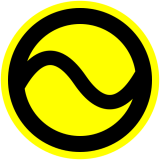
The language Interlingue, known as Occidental until 1949, is a planned international auxiliary language created by Edgar de Wahl, a Balto-German naval officer and teacher from Tallinn, Estonia, and published in 1922.
The symbol of Occidental was chosen in 1936 after some deliberation and many other proposed symbols, including stylized letters, a star as in Esperanto and Ido, a setting sun to represent the sun in the west (the Occident), a globe, and more. The tilde, already used by the Occidental-Union, was eventually selected based on five criteria: symbolic character, simplicity, originality, inconfusability, and for being bichromatic (having two colours) as opposed to polychromatic. Beyond the five criteria, the Occidentalists at the time referenced the lack of a fixed meaning for the tilde in the public sphere, and its similarity to a waveform, implying speech.
- 760 Views
Graphical characteristics:
Symmetric, Closed shape, Colorful, Contains curved lines, Has no crossing lines.
Category: Language Symbols.
More symbols in Language Symbols:
Citation
Use the citation below to add this symbol to your bibliography:
Style:MLAChicagoAPA
"Interlingue Symbol." Symbols.com. STANDS4 LLC, 2025. Web. 26 Feb. 2025. <https://www.symbols.com/symbol/interlingue-symbol>.


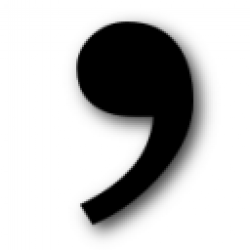
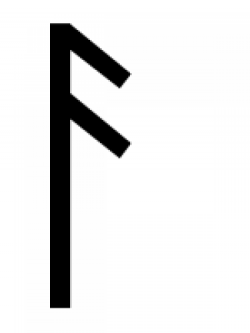
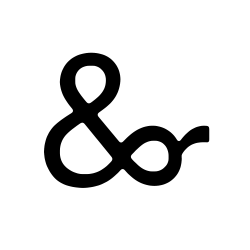


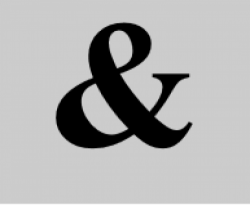




Have a discussion about Interlingue Symbol with the community:
Report Comment
We're doing our best to make sure our content is useful, accurate and safe.
If by any chance you spot an inappropriate comment while navigating through our website please use this form to let us know, and we'll take care of it shortly.
Attachment
You need to be logged in to favorite.
Log In